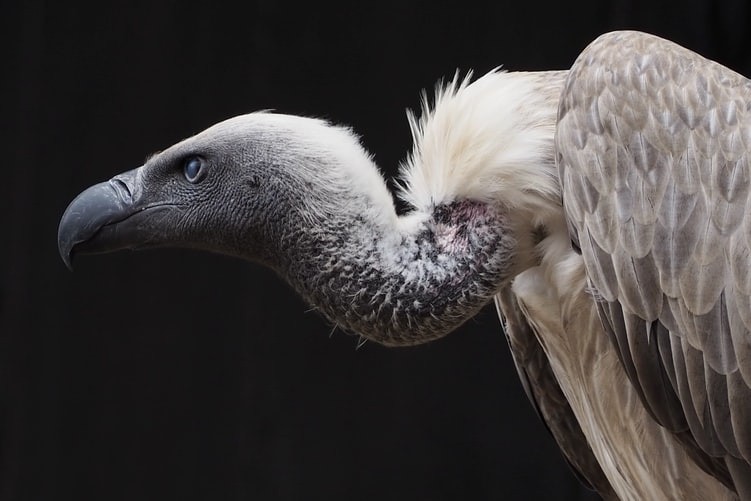Hundreds of black vultures have flocked together and settled on a middle school in east Alabama.

In response to a nuisance report from the school superintendent, a local U.S. Department of Agriculture representative recommended shooting several birds and hanging their corpses upside-down in nearby trees.
These "effigies" swinging in the wind should serve as a warning to the rest of the flock to steer clear, the USDA representative said, according to a memo from Opelika Mayor Gary Fuller.
However, the "shooting" solution has been frowned upon by many members of the community, saying that the birds play an essential role in the ecological system.
The vultures balance out the food chain in the area and dispose of dead animal carcasses naturally. Plus, they pose no threat to the students. Many argued that there should be a more humane and less grisly way to handle the scavenger situation because of their importance.
Many avian researchers backed them up. They have introduced cruel-free ways to prevent the vultures from causing harm, without doing them harm themselves.
Related Article : Vulture Populations Causing Problems In Populated Areas of Brazil, New Study Shows
Vultures
The modern-day aerial raptors are very important in maintaining any ecological system-scavengers in general play a vital role in ensuring that nature remains balanced.
As a matter of fact, two species of vultures are primarily responsible for cleaning up North America's dead animals-the mild-mannered turkey vulture and its rascally cousin, the black vulture. As scavengers, they're like stinky "little Buddhists of the sky," says Amanda Holland, an independent wildlife biologist, and unabashed vulture fan. "They don't kill much if anything at all."
Dispersing the Vultures
To help prevent vultures from tearing houses and causing damage, NWRC (National Wildlife Research Center) scientists tested the effectiveness of several commercially available perching deterrents.
Four of these electrified tracks; sharp, dense metal spikes; a cylindrical rolling perch; and a motion-activated sprinkler, proved very effective in preventing vultures from perching on roofs in test pens. Installation of any one of these devices, particularly on the ridgeline of a roof, should alleviate most homeowners' experience with nuisance vultures.
To further convince vultures to leave, it is sometimes necessary to use pyrotechnics or handheld lasers in addition to the effigy. The lasers' bright beams do not cause physical harm but irritate the birds and cause them to move to other locations. Research has shown that lasers' application can cause vultures to leave a roost for a night, but lasers' use alone will not result in permanent abandonment of the nest.
A September 2003 U.S. Department of Agriculture publication, "Use of Lasers in Avian Dispersal," says that lasers are "safe and effective species-specific alternatives to pyrotechnics, shotguns, and other traditional avian dispersal tools." A key phrase is "species-specific." For example, a 2002 USDA study of crows (listed below) concluded that lasers do not work for more than a few minutes of dispersal and are therefore not recommended for crows.
NWRC scientists are investigating nonlethal methods for preventing vulture damage to houses and other structures.
ALSO READ : The Mystery Behind Wombat's Cubed Feces
For more animal news, don't forget to follow Nature World News!
© 2025 NatureWorldNews.com All rights reserved. Do not reproduce without permission.





